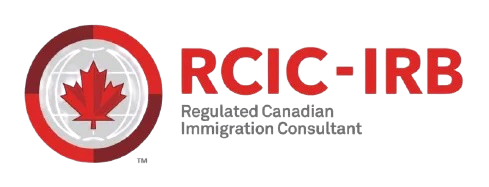Canada’s Immigration Targets: What You Need to Know About the 2023-2025 Plan
On November 1, 2022, Sean Fraser, Canada’s Minister of Immigration, Refugees, and Citizenship (IRCC), unveiled Canada’s ambitious 2023-2025 Immigration Levels Plan. This new strategy aims to significantly increase the number of new permanent residents admitted to Canada, setting targets that will see the country welcoming close to 500,000 newcomers annually by 2025.
Historical Context
In 2021, Canada welcomed a record 405,999 permanent residents, the highest annual figure in the country’s history. This number included 191,338 individuals who transitioned from temporary to permanent resident status. The economic immigration class was the largest source of these admissions, accounting for approximately 62%. Overall, the numbers were up across all immigration programs compared to 2020, reflecting the impacts of the COVID-19 pandemic.
The IRCC also issued 415,817 work permits and 445,776 study permits in 2021. When factoring in accompanying family members, the total number of people entering Canada with temporary status greatly exceeded the number of permanent residents.
New Targets for 2023-2025
The 2023-2025 Immigration Levels Plan outlines a significant increase in annual immigration targets:
- 2023: 465,000 new permanent residents
- 2024: 485,000 new permanent residents
- 2025: 500,000 new permanent residents
This escalation comes as Canada faces a critical labor market shortage amidst economic recovery from the pandemic. The influx of newcomers is seen as a crucial strategy to address workforce gaps, particularly in sectors like healthcare, skilled trades, manufacturing, and technology.
Key Considerations
1. Quebec’s Role
Quebec’s immigration agreement with Ottawa allows it to accept around 23% of Canada’s new permanent residents. If Quebec maintains its stance of a 50,000 annual immigration cap, this could impact federal targets or result in adjustments to immigration levels elsewhere.
2. Program Focus
The revised plan sees increased targets in several immigration streams:
- Provincial Nomination Program (PNP): Revised from 86,000 in 2023 to 110,000.
- Business Immigrants: Increased from 1,000 in 2023 to 5,000.
- Humanitarian & Compassionate and Public Policy Admissions: Raised from 10,500 to 15,985 in 2023.
3. Government-Assisted Refugees
The target for government-assisted refugees is set to decrease from 23,550 in 2023 to 15,250. This shift may reflect optimism about global conditions or a shift in refugee resettlement strategies.
4. Impact of the Canada-Ukraine Authorization for Emergency Travel (CUAET)
As of October 2022, 108,836 individuals arrived through CUAET, with work permits expiring from 2025. The impact of this influx on future immigration levels remains uncertain, especially given ongoing geopolitical tensions.
5. Temporary vs. Permanent Residents
The 2023-2025 Plan does not specify targets for foreign workers or international students, who are crucial to the Canadian economy but are managed separately by the private sector and educational institutions. This indicates that while permanent resident admissions are set to hit record numbers, the gap between temporary and permanent residents is expected to grow.
Looking Ahead: Newcomers are pivotal to Canada's labor force growth, accounting for nearly 100% of it, and by 2032, they are projected to drive all of Canada's population growth. If you’re considering making Canada your home, now is the perfect time.
Need Help?
Thinking about moving to Canada? At Career Wings Immigration, we're here to guide you every step of the way. With personalized support, we make your immigration journey smoother and more confident. Contact us today and let’s turn your Canadian dream into reality together.



